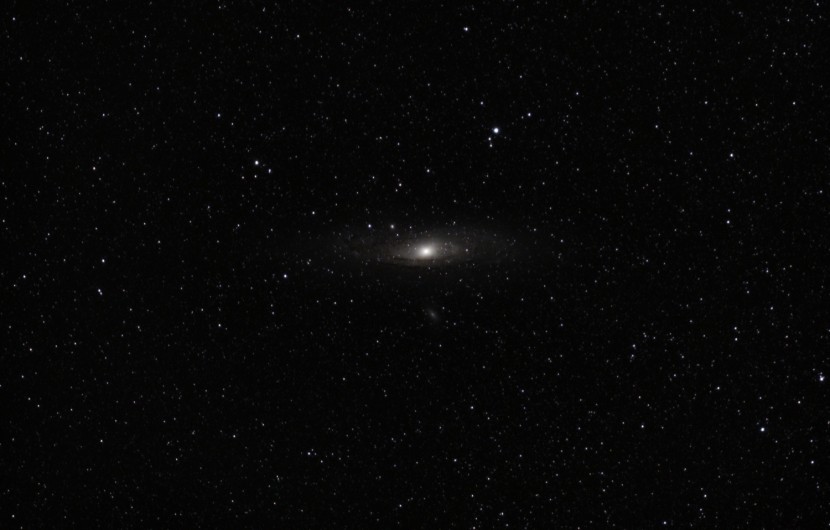
Scientists have discovered an undersea crater 248 miles off the coast of West Africa that is believed to have been created by a previously-unknown asteroid during the time of the dinosaurs that is separate from the one that wiped out the massive land creatures.
The massive cosmic object slammed into the Earth's surface some 66 million years ago and is responsible for creating what scientists call the Nadir crater. The discovery of this could shake up what experts know about the cataclysmic event that nearly wiped out all life on our planet.
Previously-Unknown Asteroid
An assistant professor at Heriot-Watt University in Edinburgh, Uisdean Nicholson, happened on the crater by accident. He was simply reviewing seismic survey data for another project on the tectonic split between South America and Africa when he found evidence of the crater beneath 400 meters of seabed sediment.
In a statement, Nicholson said that while he was interpreting the data, he came across a very unusual crater-like feature that was unlike anything he had ever seen. He noted that it had all of the characteristics of an impact crater, as per CNN.
But to be absolutely sure that the crater was caused by an asteroid strike, Nicholson said that it would be necessary to drill into the crater and test minerals from the crater floor. However, the crater already has all the hallmarks that scientists would expect, the right ratio of width to depth, the height of the rims, and the height of the central uplift.
Read Also: Scientists Seek To Resurrect Tasmanian Tiger Extinct Since 1936 Using Advanced Genetics Technology
A research professor in Earth and Planetary Sciences at the University of New Mexico, Mark Boslough, said, "The discovery of a terrestrial impact crater is always significant because they are very rare in the geologic record. There are fewer than 200 confirmed impact structures on Earth and quite a few likely candidates that haven't yet been unequivocally confirmed."
According to BBC, the Nadir crater has a diameter of roughly 8.5 kilometers and is thought to have been created by an asteroid that was a little under half a kilometer across. In comparison, the asteroid that created the Chicxulub Crater in the Gulf of Mexico is estimated to have been roughly 12 kilometers across.
Massive Crater
The object gouged out a 200-kilometer-wide depression and in the process set off mighty earth tremors, tsunamis, and a global firestorm. There was so much dusty material that was thrown into the sky that the planet was plunged into a deep freeze. This resulted in the dinosaurs not being able to ride out the climate shock.
Nicholson and his colleagues estimated that the asteroid that created the Nadir crater was 1,300 feet long and moved at a speed of 12 miles per second. The impact is estimated to have unleashed an explosion equivalent to 5,000 megatons of TNT, which is 100 times as much energy as the most potent nuclear device ever detonated by humans.
Any animals on the shoreline nearby would "see another sun," said Veronica Bray, who is a planetary scientist at the University of Arizona and an author of the study. She noted that anything close enough would be pummeled by a 2,000-mile-per-hour blast of wind that was strong enough to fold a car around a lamppost, the New York Times reported.
Related Article:
NASA Asteroid Tracker: Large Space Rock Is Coming So Close to Earth; Will It Hit?








